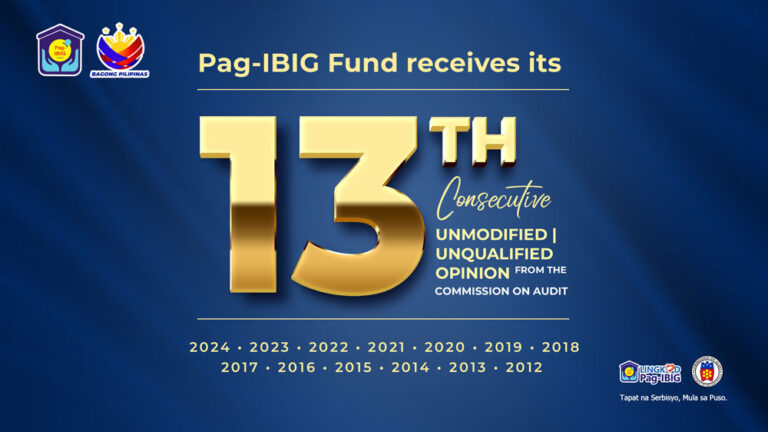MANILA – As the world celebrated the International Day of Forests, the Philippine forest cover drops 22.8% or 6.84 million hectares according to the latest data from the Department of Environment and Natural Resources (DENR) 2012 Forest Facts and Figures.
The United Nations Forest and Agriculture Organization reported that the country lose forest at an average rate of about 54,750 hectares per year between 1990 and 2010. While Conservation International issued a report in 2011 saying, only 7% of Philippine forests remain intact.
Logging, legal or illegal as well as charcoal making may be the top drivers of deforestation and forest degradation respectively. Attention should be given to the runners up: mining and forest conversion to non-forest use – road construction, settlement, conversion into built-up areas – according to the Deutsche Gesellschaft für Internationale Zusammenarbeit study (2013). Mongabay.com article on drivers of deforestation in Southeast Asia showed plantations and dams at 8% topped logging at 2-5%.
While government struggle over enforcement and corruption issues in curbing logging and timber poaching, it seems to favor mining industries, industrialization and dam constructions as significant drivers of deforestation and forest degradation. While the same government penned Executive Order #23, banning logging in natural forests and institutionalizing the National Greening Program, the same approved large-scale government projects that contribute to forest loss.
In 1997, the country experienced severe drought resulting to loss of lives and livelihoods due to El Niño phenomenon. The great Sierra Madre is the only area that did not suffer rain deficit because of its topography with the existence of large tracts of intact rainforest in the mountain range. There’s no easy access to get to Sierra Madre, and this isolation helped preserve forest and the coral reef systems downstream. Rainforests provide clean water. Once a rainforest goes, so does the water.
The Forest Resources Bill network proposes forest restoration to increase forest cover in municipalities, private and public lands included, by at least 40% to 54% to sustain basic ecological processes.
All remaining natural forests, including primary, secondary and residual forests should be protected. This requires a stable set of policies that curb forest loss, promote biodiversity and incorporate climate change mitigation and adaptation strategies.
As the country braces for more extreme climate change events like droughts from another El Nino and stronger typhoons, we call on our legislators and political leaders to fast tract the following bills: The National Land Use Act, The Forest Resources Bill, Alternative Minerals Management Bill and the Protected Areas Act. (Mindanao Examiner)
Like Us on Facebook: https://www.facebook.com/mindanaoexaminer
Follow Us on Twitter: https://twitter.com/MindanaoExamine
Read Our News on: http://www.mindanaoexaminer.com/ and http://www.mindanaoexaminer.net/
Share The News



